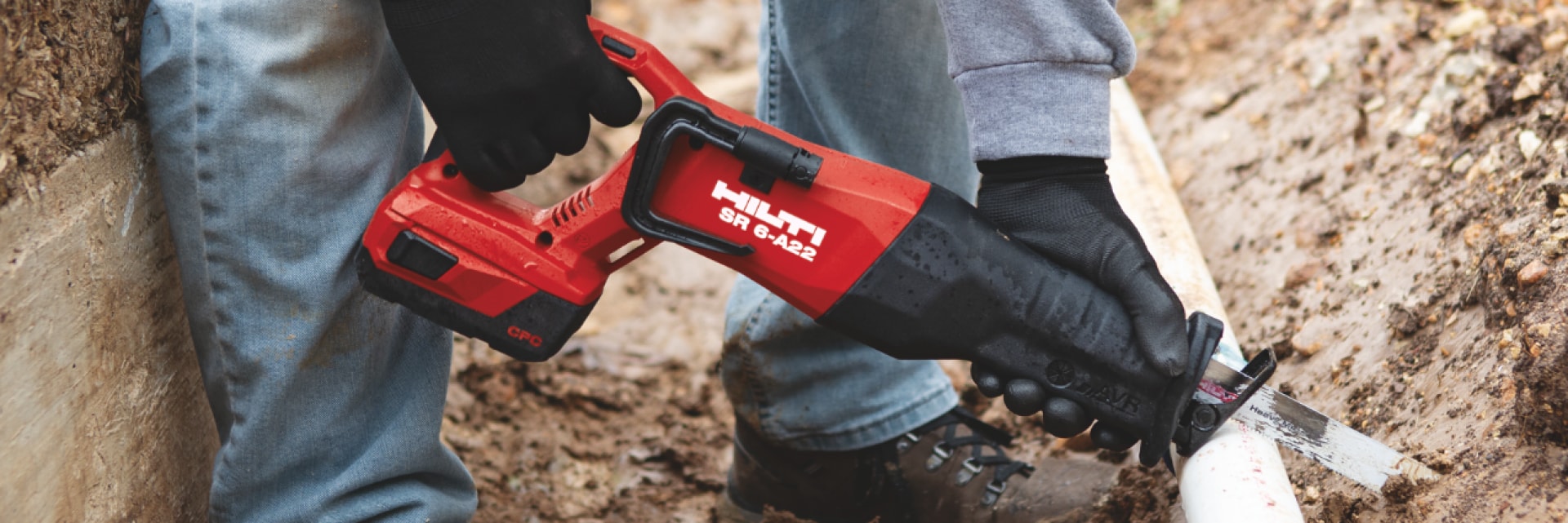3) Use certified compatible devices when charging batteries
For battery chemistry, the process of charging and discharging is stressful. However, the intensity of such stress depends on several conditions, including temperature, tool and charger type, and the applications they’re used for. First and foremost, using certified compatible tools and chargers (that exchange information with the battery and stop or adjust energy transfer when needed) is the best way to ensure battery safety. It’s also recommended to regularly inspect your battery packs and avoid charging or discharging if any damage is visible.
→ Use certified compatible tools and chargers to avoid battery damage.

